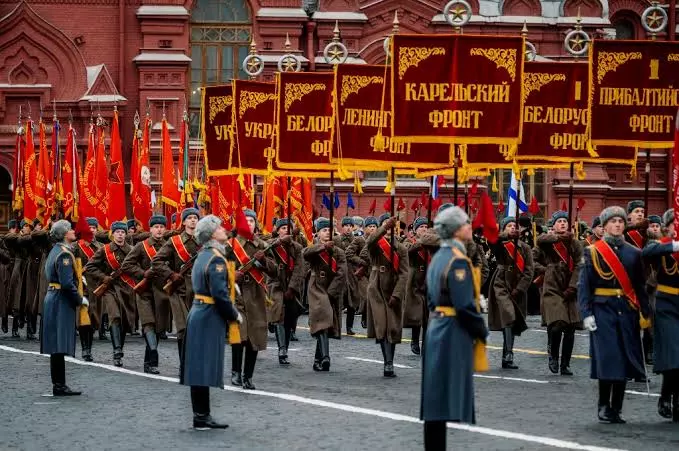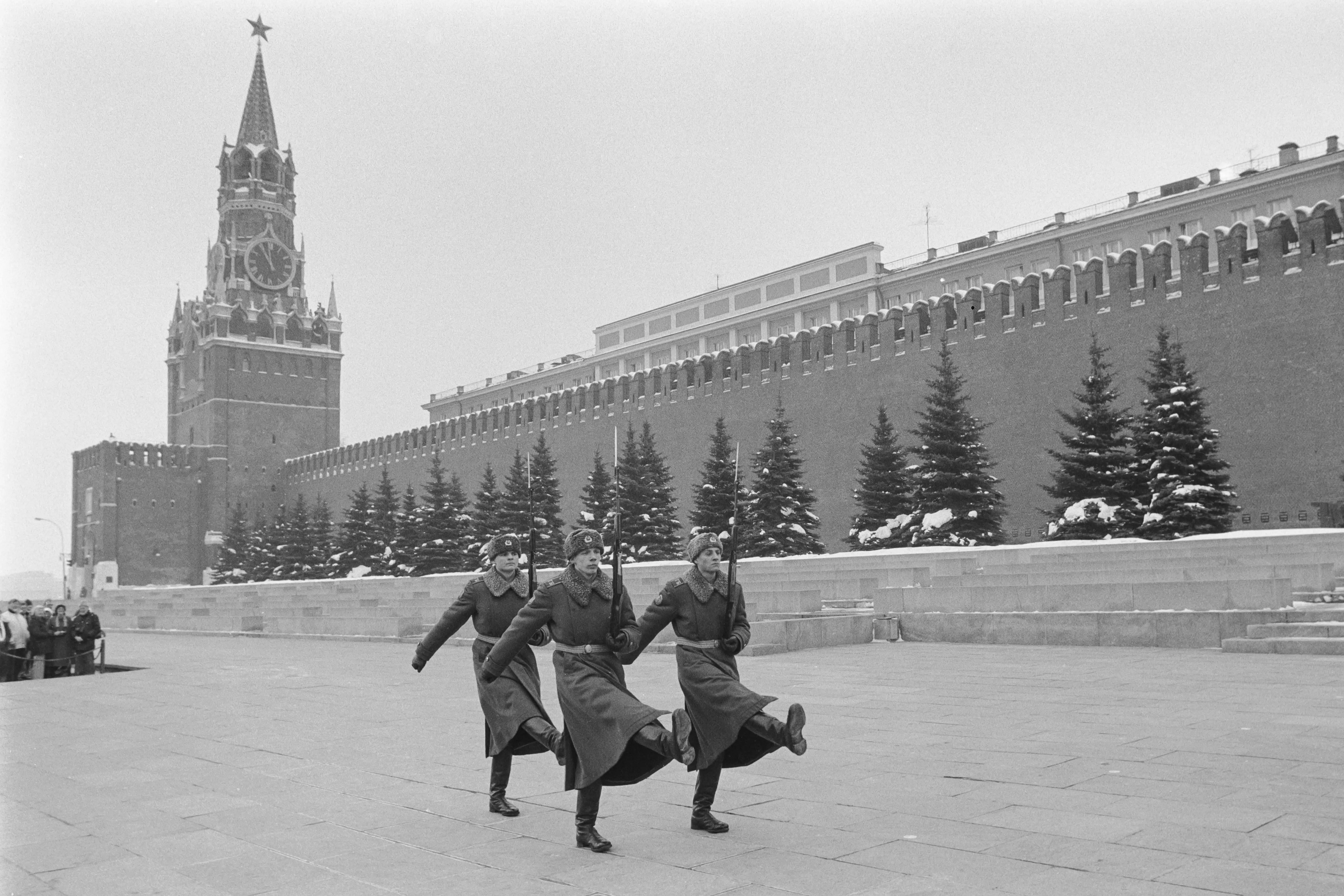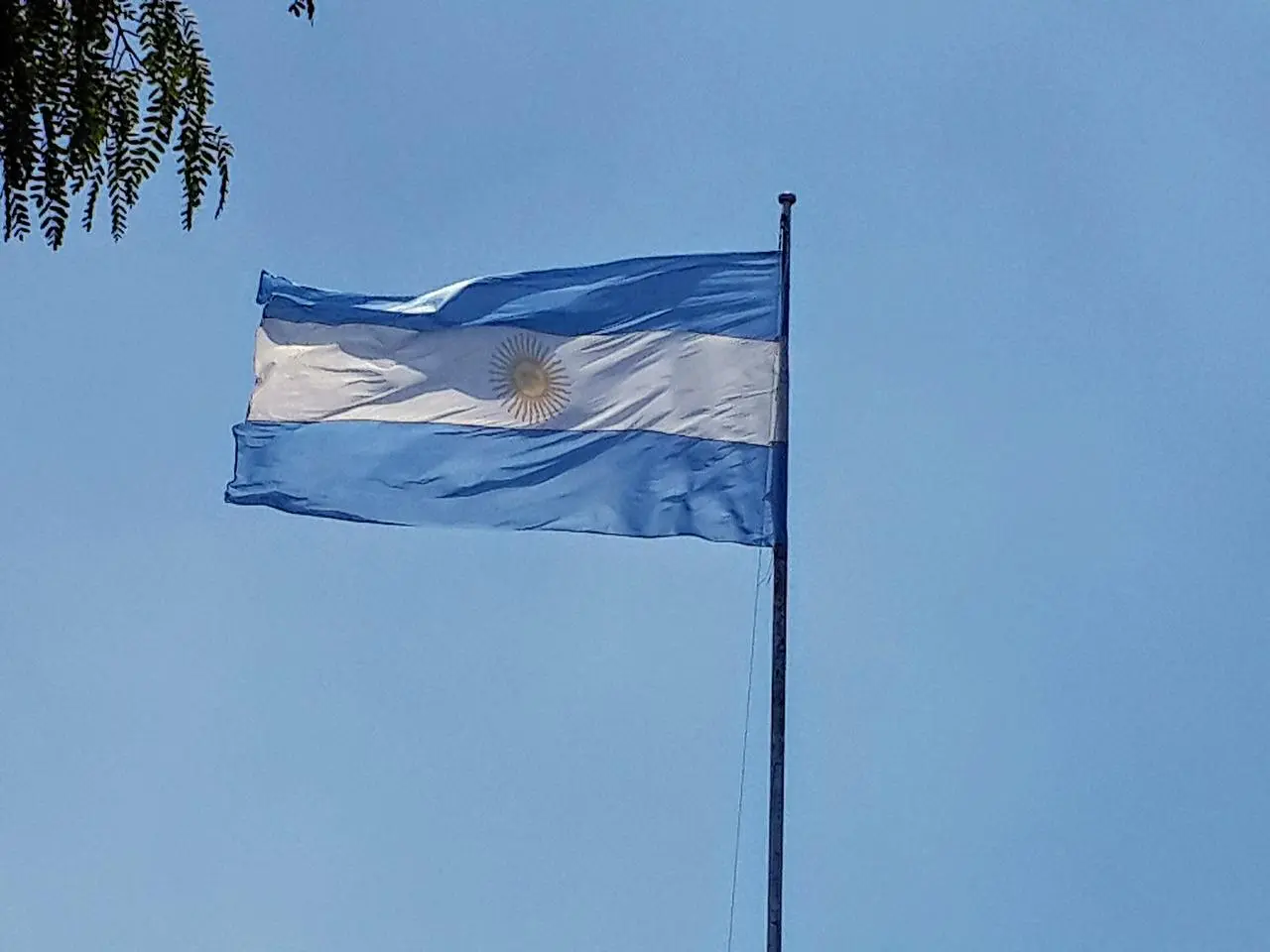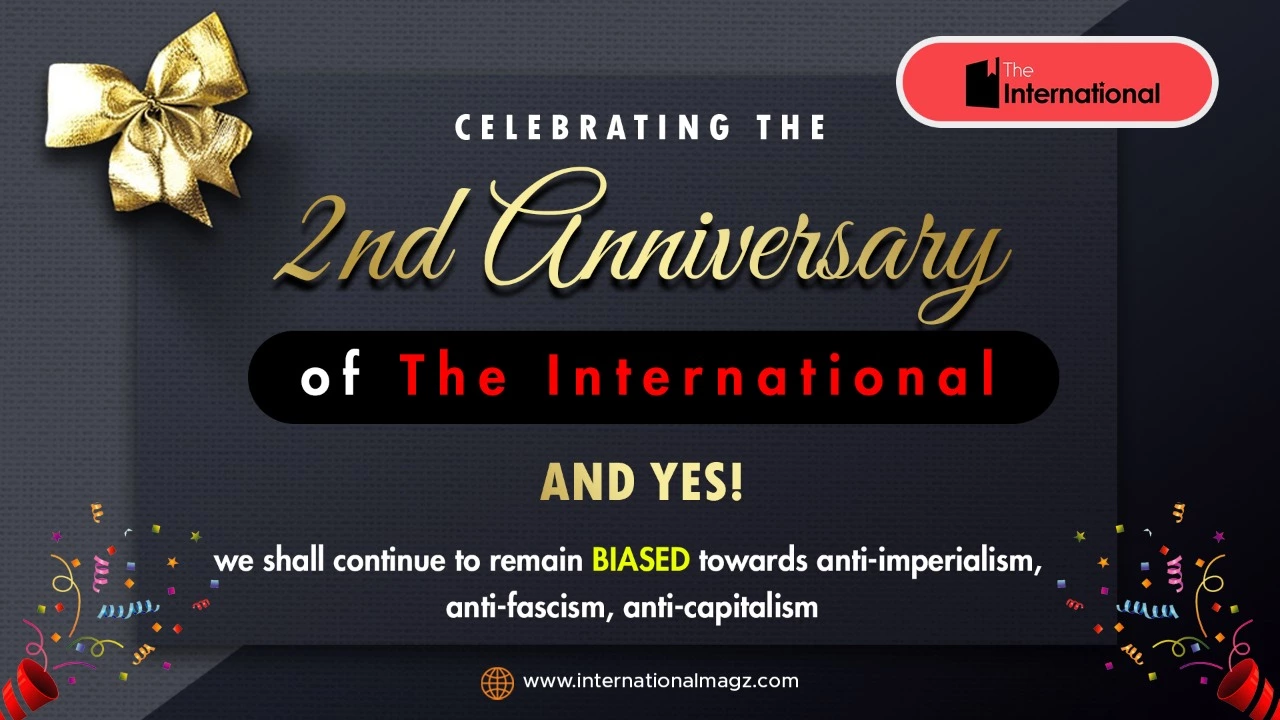Gerasimov Doctrine
With the numbers of massing of troops in the modern Offensive Attack is the “Surprise” factor which is intertwined with superiority of the number of troops and the quality of troops. Although there is much discussion in the Western world among military circles about the so-called “Gerasimov Doctrine”, such a military ‘Doctrine’ should be studied and pursued carefully within the historical context of the Soviet and Russian military thought and foresight in history of war engagement. Much of the thought by Russian Chief of Staff Valery Gerasimov is a continual work in progress beginning at the entrance of the Russian military engagement against Islamic terrorists’ forces in the state of Syria.
As Gen. Gerasimov stated in one brief sentence in his essay, The Value of Science is in the Foresight, “Wars are no longer declared and, having begun, proceed according to an unfamiliar template”[1]
The components that General Gerasimov never mentions are neither the massing of superior forces nor the element of surprise. Instead, he dwells on this modern factor of modern warfare:
The experience of military conflicts—including those connected with the so-called color revolutions in North Africa and the Middle East—confirms that a perfectly thriving state can, in a matter of months and even days, be transformed into an arena of fierce armed conflict, become a victim of foreign intervention, and sink into a web of chaos, humanitarian catastrophe, and civil war.

The changed rules of warfare
What we see from this modern concept of warfare, the so-called ‘Hybrid War model much touted by established American military theorists, is that Gen. Gerasimov, in his visionary way, has foreseen a new way of war when he declares, “The very “rules of war” have changed. The role of nonmilitary means of achieving political and strategic goals has grown, and, in many cases, they have exceeded the power of force of weapons in their effectiveness”.
In other words, from the American military point of view there is no value in the massing of troops in the modern concept of general warfare nor is even the element of surprise essential to waging war. It is not that the American military generals state this specifically, but the very fact they rely on advanced military technology like cyberspace military hardware and advanced missile installations or mobile missiles to subdue the enemy is a misconceived way of understanding the ongoing complexity of the ever-evolving art of modern war. What is needed in the American military institutions is a revolutionary, military operations art. I would suggest this must be the case if the American military forces are to move forward, as warfare itself moves forward in intensity and scope in the twenty-first century. Therefore, it is imperative to discuss the possibility of a world war which will be connected to revolutions and civil wars in the progress of world history.
In my concerns about the Offensive Attack and the usage of tactical nuclear weapons, I would like to note specifically the importance of “surprise” in the initial attack or attacks along an Offensive Front. I would advocate there to be a quantitative and qualitative Offensive Attack that could be not only successful but far-reaching in terms of in-depth operations behind the enemy lines, it is necessary to instill in the strategic outlook the surprise of the attack, for as Clausewitz advised us, “We say: surprise lies at the foundation of all undertakings without exception, only in very different degrees, according to the nature of the undertaking and other circumstances… Secrecy and rapidity are the two factors in this product”.
However, he warns us about the “moral superiority is able to intimidate and outdo the other, then it will be able to use the surprise with greater success” which I would term the Moral Political Authority which is imbued the people of the nation-state or country in which its armed forces, out of political and defensive purposes, wage war in the first place.

Sidorenko’s insight
Professionally and creatively, I owe a huge debt in the depth of my gratitude to the great Soviet military theorist, Colonel A.A. Sidorenko, whom I consider the father of the modern Offensive Attack with nuclear weapons, and in my own humble way wish only to expand to a small extent his theory on the operational art of the offensive attack. Although my essay on the issue of the Breakthrough in modern warfare may seem archaic and even quaint regarding the various centrifugal forces that place in the ad hoc wars perpetuated spontaneously which led to the rather fashionable term “Hybrid Warfare”, I will quote in full measure certain passages from Col. Sidorenko that hopefully give credence to my conceptual form of a Breakthrough in the modern art of war.
The Soviet military theorist describes specifically the old concept of a Breakthrough prior to World War II, when he states:
The strong aspect of this form of Breakthrough consisted of the fact that it permitted the maximum massing of forces and means and creating decisive superiority over the enemy on a selected direction. However, experience showed that the launching of a blow on one direction and passivity on the remaining front, the attainment of the secrecy of preparation of the operation was hindered and the defender had the opportunity to adopt his measures… Therefore, the Breakthrough on one narrow sector with passivity on the remainder of the front, as a rule, of the front, as a rule, did not lead to success.
Thus, the attempt at Breakthroughs from the Battles of Verdun and the Somme did not achieve or produce anything than more wasted and massive casualties, and did not decide the outcome of World War I. It would take a general with a will of iron to purse a different, more creative kind of attack. The Russian General A.A. Brusilov would bring creativity to the art of war during the war, specifically along the Southwestern Front where Russian troops were facing off thousands of Austrian and German forces. I would say not since the Napoleonic Wars, was there a general of any merit who would not be shy to stand up and assert himself to fight a war which brought forceful imagination to the forefront in the modern friction of war.
Col. Sidorenko emphasizes this kind of energetic warfare by Brusilov:

An entirely different character was acquired by the actions when the offensive operation began with the launching of a number of strikes and the simultaneous Breakthrough on several directions… This form of operation was first employed by troops of the Russian Southwestern Front under the command of Gen A.A. Brusilov in June 1916. The troops of the Russian of the Southwestern Front launched an offensive in a zone 470 km wide. In this zone, four army (of which one was the main one) and a number of corps strikes were launched simultaneously.
This remarkable arduousness for that time in modern warfare history would resonate during the Patriotic War along the Eastern Front when Stalin’s Marshals would create many fronts with numerous army groups that would make General Brusilov’s army corps look small by comparison. Such is the magnitude, when a creative concept comes into being and matures over years during a certain military procedure in the art of war. Thus, the modern offensive attack can be found in the genius of the Brusilov Offensive during the War to end all Wars, his meticulous and detailed military planning withstanding the harsh test of time.
However, a well-planned and audacious offensive attack even with the utmost best intentions is not enough, and the Russian military armed forces like their adversaries, are capable of blunders and great debacles as well if their political motives are corrupt and are not in the end considering the overall welfare of the nation’s people who sacrifice their sons, daughters, husbands and wives for national interests, which includes waging a just war, not a war of opportunism and for brutal expansionism at any cost. Only with the moral political and spiritual superiority can victory be achieved against a tenacious and heartless enemy. In my advocating the usage of tactical nuclear weapons on many fronts of the battlefield, it should be understood such warfare must be in harmony with the will of the people who are in the rear of the struggle creating their own fronts of warfare against the enemy. Tactical Nuclear Weapons are the choice of weapons that must be used appropriately during many Breakthroughs among all fronts, when a world war emerges, though as Col. Sidorenko eloquently reminds any military historian or military theorist whose life is imbued with the fate of the people, “If war is unleashed by the imperialists, it will be not only combat with equipment and weapons. The war is waged by people, and man always was and will remain the deciding force in armed conflict” If war is unleashed with nuclear weapons along many fronts, the idea of the need for great sacrifice should be wedded into the political, psychological and culture aspirations of the people, which will then be the deciding factors on the course of combat operations.
AUTHOR'S POSTSCRIPT:
This military theoretical essay on a modern military operational art is not meant to take sides with the Russian Armed Forces or to disparage in any way the professionals of the American Armed Forces and her allies. However, this work is an attempt to reveal a new kind of military operational art that has its inception in the Brusilov Offensive mode attack that occurred on the Southwestern Front, more specially, a major Russian attack which pitted itself against the armies of the Central Powers on the Eastern Front. The Russian Offensive began on 4 June 1916, and it lasted until late September of that year. It took place in an area of present-day western Ukraine, in the general vicinity of the Ukrainian towns of Lviv, Kovel, and Lutsk. The offensive takes its name after the commander in charge of the Southwestern Front, General Aleksei Brusilov, who with a brilliance for detail and shrewd observation was able to construct a new paradigm of warfare with an ever-flowing, or fluid form of attack against an enemy, fighting and feinting from many areas or points along the main battlefront. It is not with intended irony that we see, again, should there be another world war, there will be needed a more malleable and creative attack offensive strategy in nature which can spread utter fear and chaos into the enemy lines. This essay explores these issues without flinching about the possibilities that could take place either in present-day modern Ukraine or in countries which will know the mayhem of civil war in the coming years.
--Luis Lázaro Tijerina
May 2020, Quebec, QC; Vermont, Nov. 2021
References:
[1]. https://jmc.msu.edu/50th/download/21-conflict.pdf
[2]. Ibid.
[3]. Ibid.
[4]. Clausewitz, 142.
[5]. Ibid.
[6]. A.A. Sidorenko, The Offensive. Washing D.C: Translated and Published Under The Auspices of UNITED AIR FORCE, 1970, 14,
[7]. Ibid.
[8]. A.A. Sidorenko, 222.






